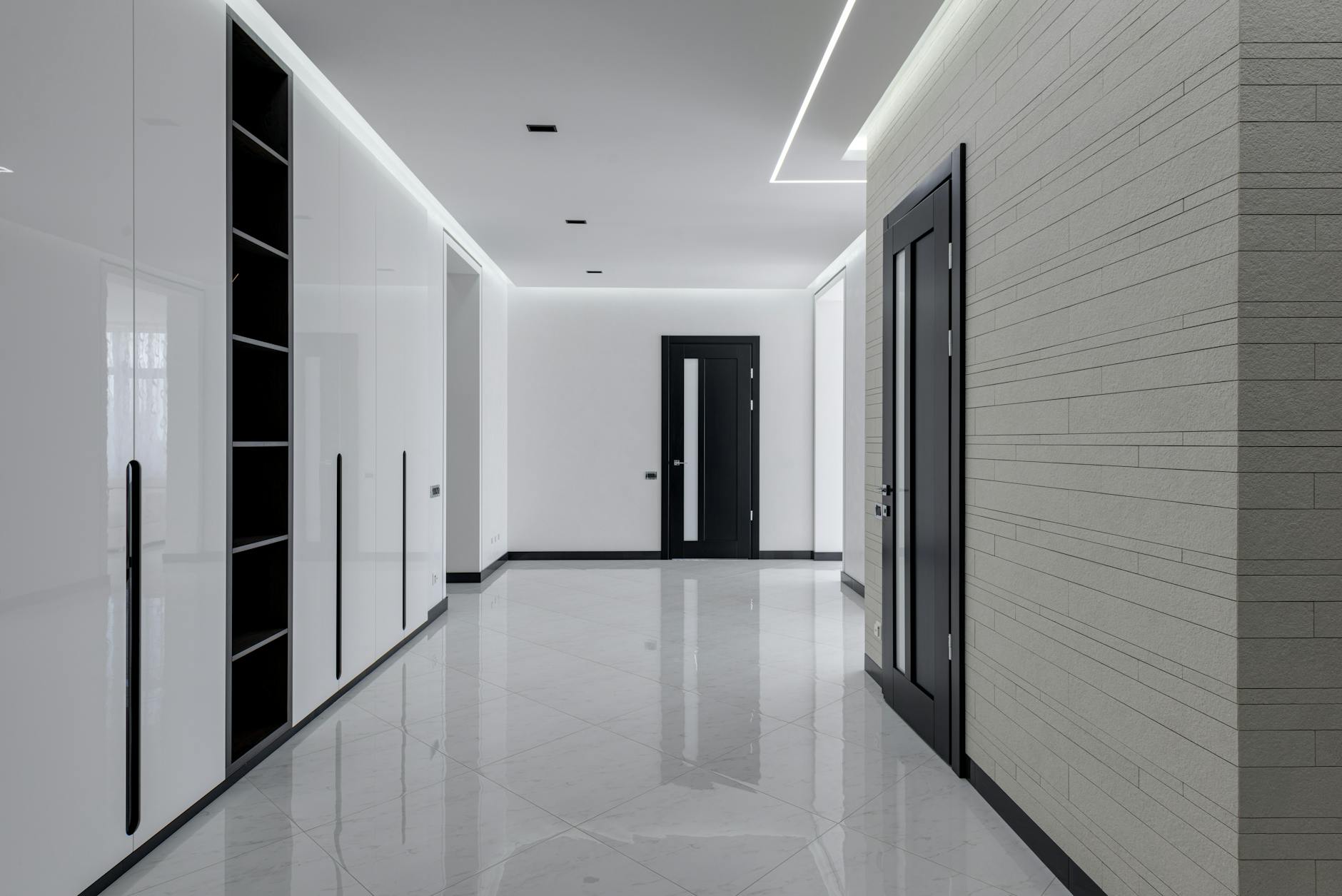Lumens, Kelvins, and Watts: Decoding LED Ceiling Light Specs for Beginners
Choosing the right LED ceiling light can be a daunting task for beginners. With a myriad of specifications and jargon to wade through, it’s important to understand the basics to make the best selection for your home or workspace. In this guide, we’ll break down three crucial terms: lumens, Kelvins, and watts. These elements play a significant role in determining the performance of LED lights and can significantly impact the ambiance and functionality of your lighting space.
Understanding Lumens: The Brightness Factor
When it comes to LED lights, lumens measure brightness. Unlike incandescent bulbs where brightness was often associated with wattage, lumens provide a direct measure of the light output. In simple terms, the higher the lumens, the brighter the light. Here’s a quick reference:
- 450 lumens: Comparable to a 40-watt incandescent bulb, suitable for smaller spaces or accent lighting.
- 800 lumens: Equivalent to a 60-watt incandescent bulb, ideal for general-purpose lighting in living rooms or bedrooms.
- 1600 lumens: Similar to a 100-watt incandescent bulb, perfect for larger spaces or areas that require strong illumination, like kitchens or home offices.
When selecting an LED ceiling light, consider the activity level in the room. More lumens mean more light, but also consider how the light will interact with your space. Proper use of lumens can make spaces feel more expansive and lively.
Kelvins: The Color Temperature
The color temperature of light, measured in Kelvins (K), determines the color and quality of the light emitted. Different rooms or activities may require different color temperatures:
- 2700K to 3000K: Emits a warm, yellowish light, similar to traditional incandescent bulbs, creating a cozy and inviting atmosphere. Best for living rooms and bedrooms.
- 3500K to 4100K: Produces a neutral white light that is brighter and more alert, suitable for kitchens and bathrooms.
- 5000K to 6500K: Offers a daylight tone, which is bright and crisp. This temperature is ideal for workspaces and areas requiring clear, focused lighting.
Choosing the right Kelvin can significantly enhance the ambiance of a room. Warmer tones can help with relaxation, while cooler tones can promote alertness and focus.
Watts: Energy Consumption
LED lighting is known for its energy efficiency and low wattage use, which refers to the energy consumed to produce light. Unlike their incandescent counterparts, LED lights use significantly fewer watts for the same light output. Here’s what to consider:
- Always compare the lumen output with wattage to understand efficiency.
- The lower the wattage for the same lumens, the more energy-efficient the light.
- LEDs often result in lower electricity bills due to their high efficiency and long lifespan.
With their low wattage consumption, LEDs can cut down on energy use while still providing ample lighting. This makes them a smart choice for both your wallet and the environment.
Conclusion
Decoding LED ceiling light specs can seem challenging at first, but understanding lumens, Kelvins, and watts equips you with the knowledge needed to make informed decisions. By considering these factors, you can choose lighting that not only meets your functional needs but also enhances the aesthetic and mood of your space. So, whether you’re brightening up your living room with a cozy glow or outfitting your home office with sharp daylight tones, the right LED light choice can make all the difference.





